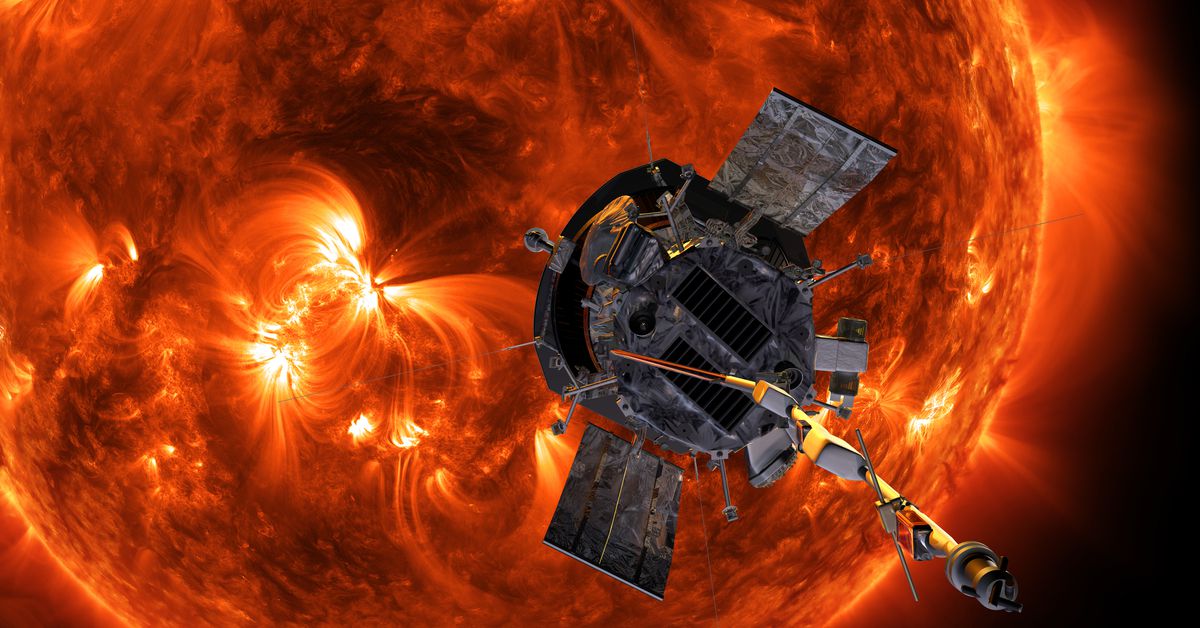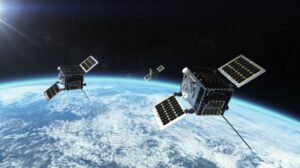On December 26th, NASA received a signal from its Parker Solar Probe, indicating that it had survived an unprecedented close flyby of the Sun. The mission marks a major milestone in space exploration, with the probe coming within just 3.8 million miles (6.1 million kilometers) of the solar surface.
Background and Mission Objectives
The Parker Solar Probe was launched on August 12th, 2018, by NASA and the Johns Hopkins Applied Physics Laboratory. Its primary objective is to study the corona, the outer atmosphere surrounding the Sun, which reaches temperatures of over 1 million degrees Celsius (1.8 million degrees Fahrenheit). To achieve this goal, the probe has been designed to fly closer to the Sun than any human-made object before.
The Close Flyby
On December 24th, the Parker Solar Probe approached the Sun at a speed of approximately 430,000 miles per hour (692,000 kilometers per hour). During this time, mission operations were out of contact with the probe, and it was uncertain whether the spacecraft would survive the extreme conditions. However, on the night of December 26th, NASA received a signal from the probe, confirming that it had successfully completed the close flyby.
Significance of the Mission
The Parker Solar Probe’s mission is crucial for understanding various aspects of solar physics, including:
- Solar Wind: The stream of charged particles ejected by the Sun, which affects the Earth’s magnetic field and upper atmosphere.
- Solar Heat: The immense amount of energy released by the Sun, which drives climate patterns on our planet.
- Energetic Particles: The acceleration of high-energy particles to near light speed, which is essential for understanding space weather events.
The Parker Solar Probe’s Design
To withstand the intense heat generated during its close approach to the Sun, the Parker Solar Probe is equipped with a specially designed heat shield. This shield reaches temperatures of up to 2,500 degrees Fahrenheit (1,370 degrees Celsius), while the probe itself remains at a relatively cool 85 degrees Fahrenheit (30 degrees Celsius).
The Future
Now that NASA has confirmation of the mission’s success, it expects the Parker Solar Probe to send detailed telemetry data on its status on January 1st. This information will provide valuable insights into the spacecraft’s performance and help scientists better understand the Sun’s behavior.
Conclusion
The successful close flyby of the Parker Solar Probe marks a significant achievement in space exploration. The mission’s objectives are crucial for advancing our understanding of solar physics, and its success demonstrates the ingenuity and capabilities of modern space technology.
Frequently Asked Questions
- What is the closest distance the Parker Solar Probe has flown to the Sun?
The probe has flown within 3.8 million miles (6.1 million kilometers) of the solar surface. - How fast was the Parker Solar Probe approaching the Sun during its close flyby?
The probe was traveling at approximately 430,000 miles per hour (692,000 kilometers per hour). - What is the purpose of the Parker Solar Probe’s mission?
The primary objective is to study the corona and understand why it gets so hot.
Glossary
- Solar Corona: The outer atmosphere surrounding the Sun.
- Solar Wind: A stream of charged particles ejected by the Sun.
- Energetic Particles: High-energy particles accelerated to near light speed.
References
- NASA’s Parker Solar Probe website: www.nasa.gov/parker
- The Johns Hopkins Applied Physics Laboratory’s Parker Solar Probe website: apdl.jhuapl.edu/project/parker-solar-probe/















